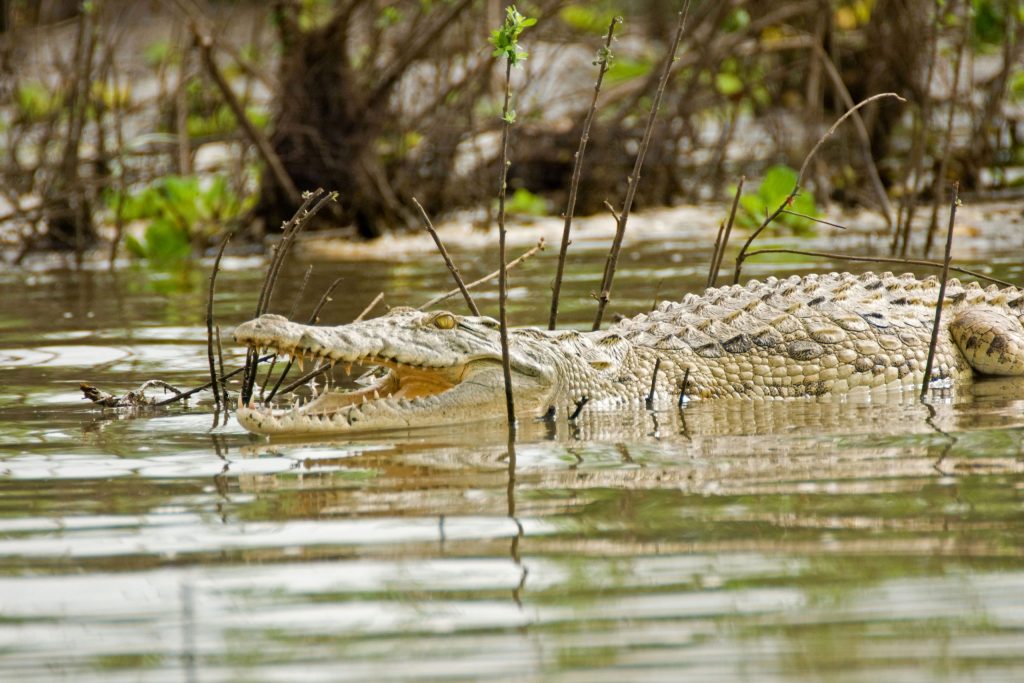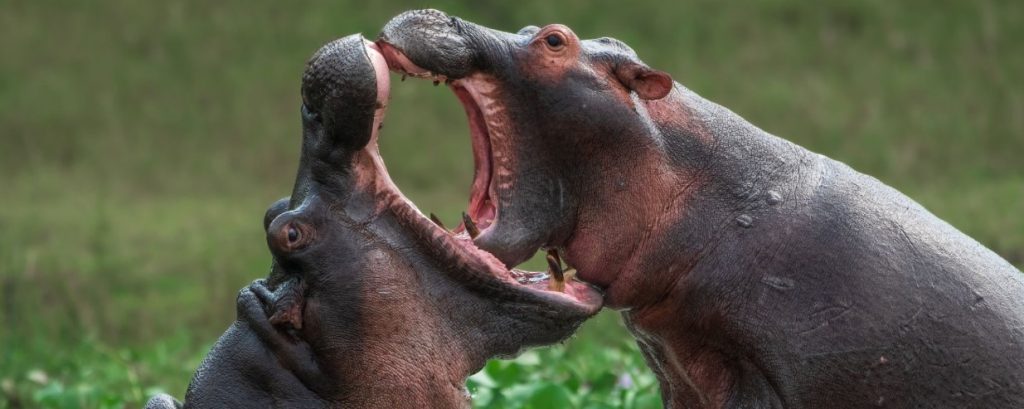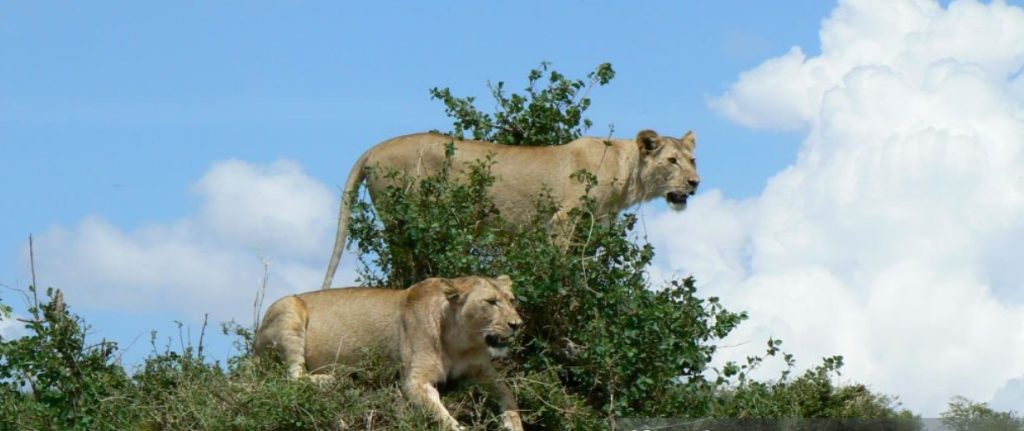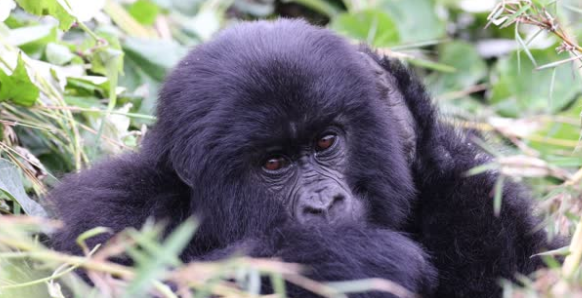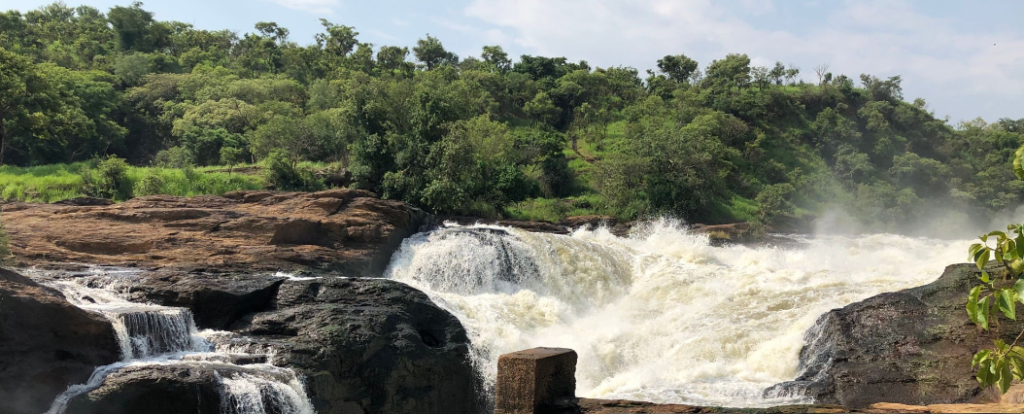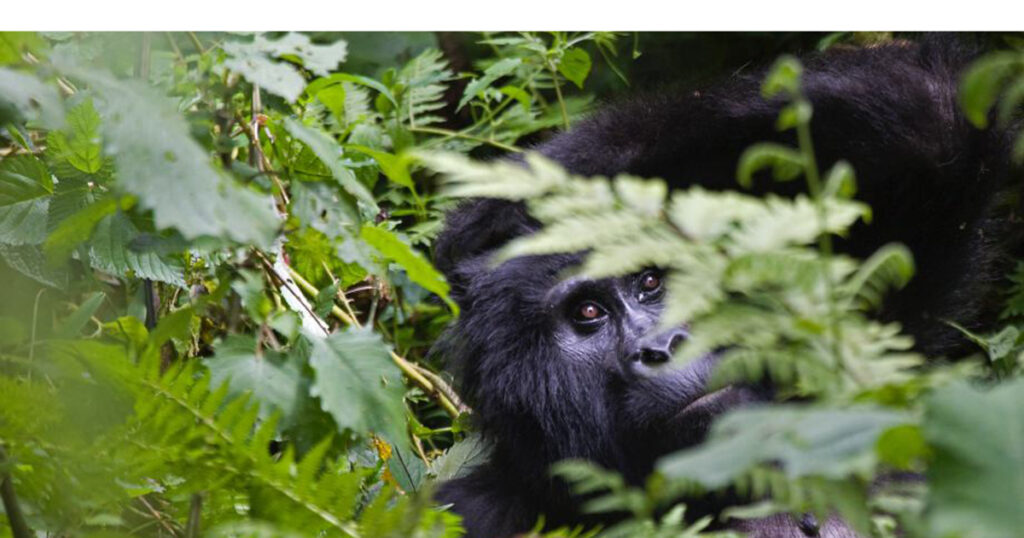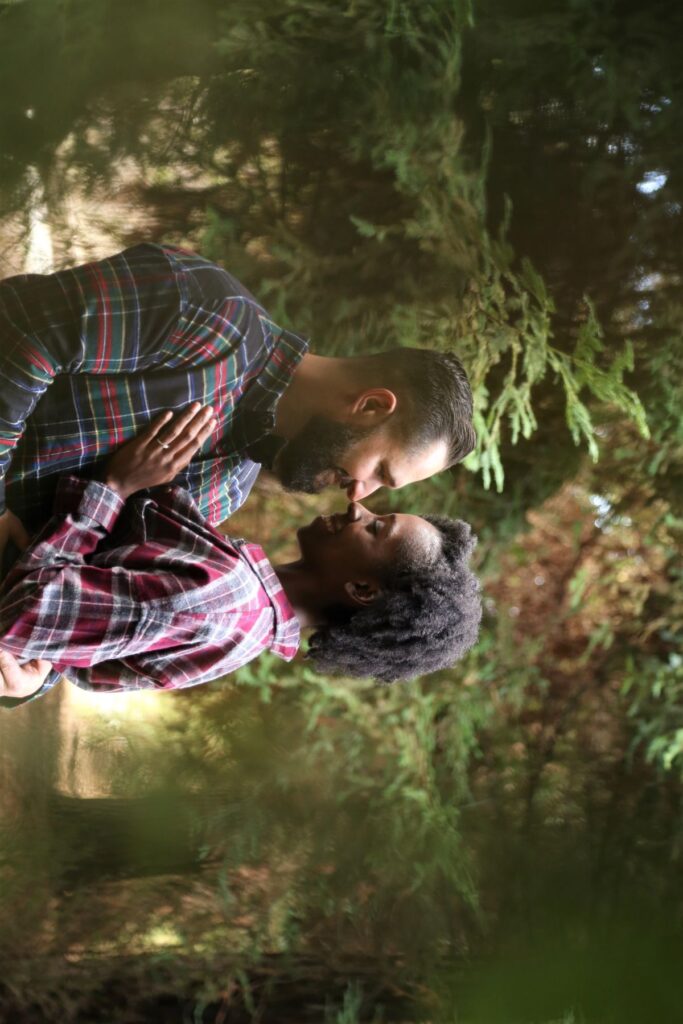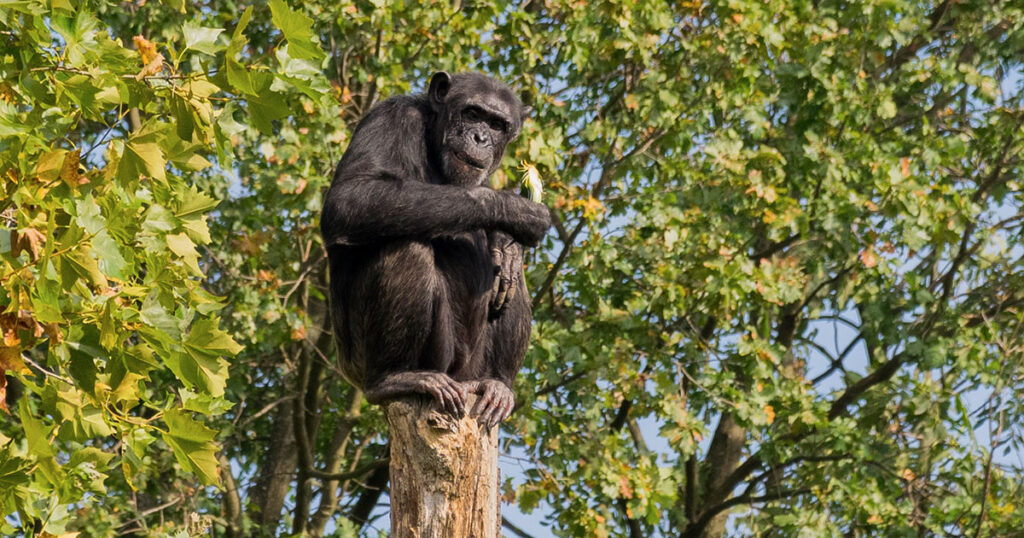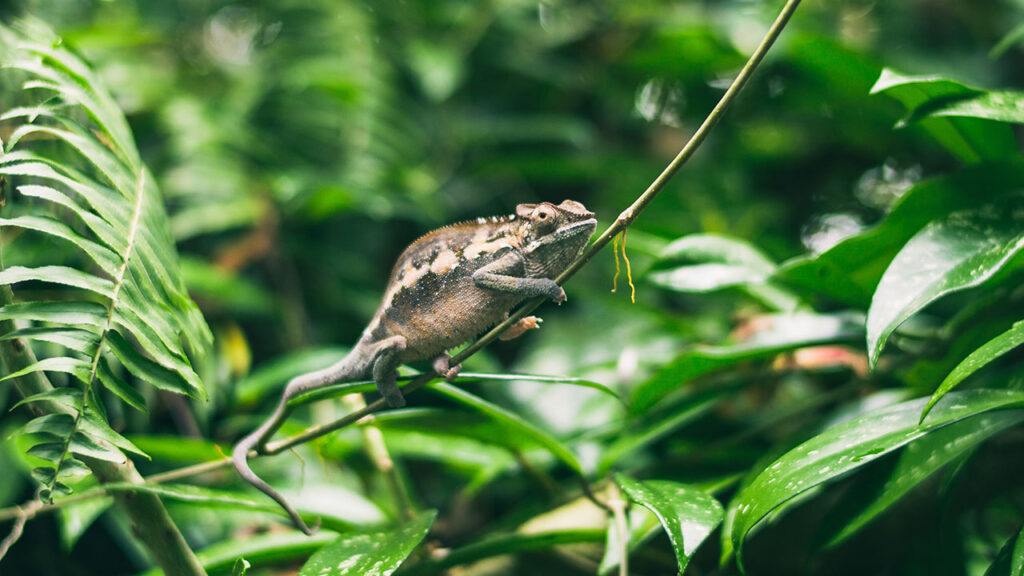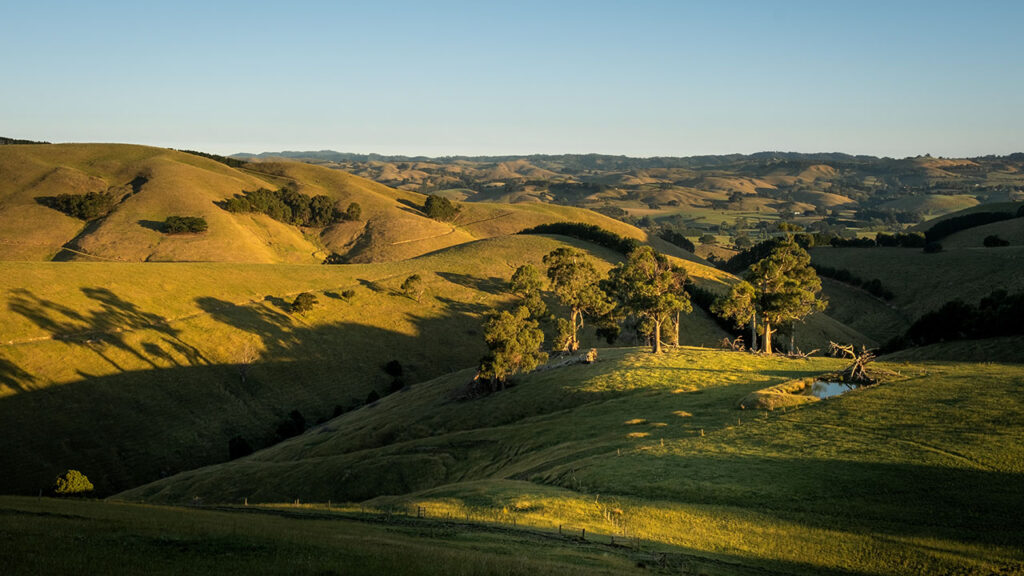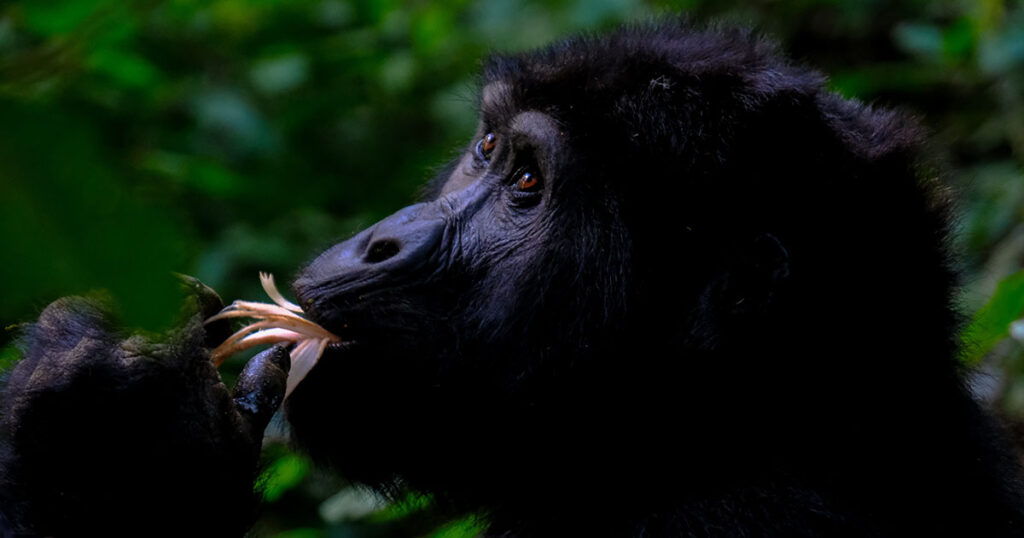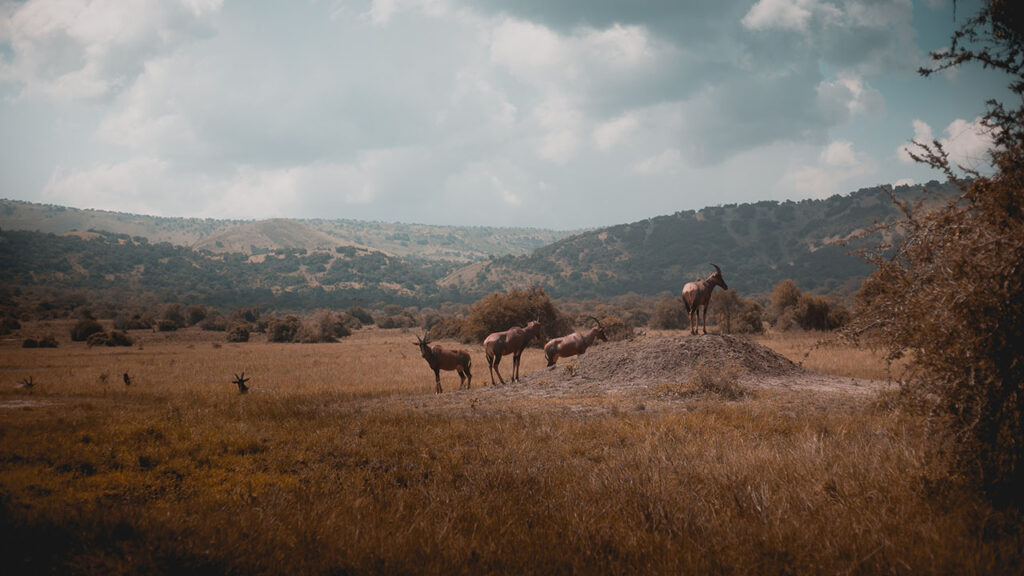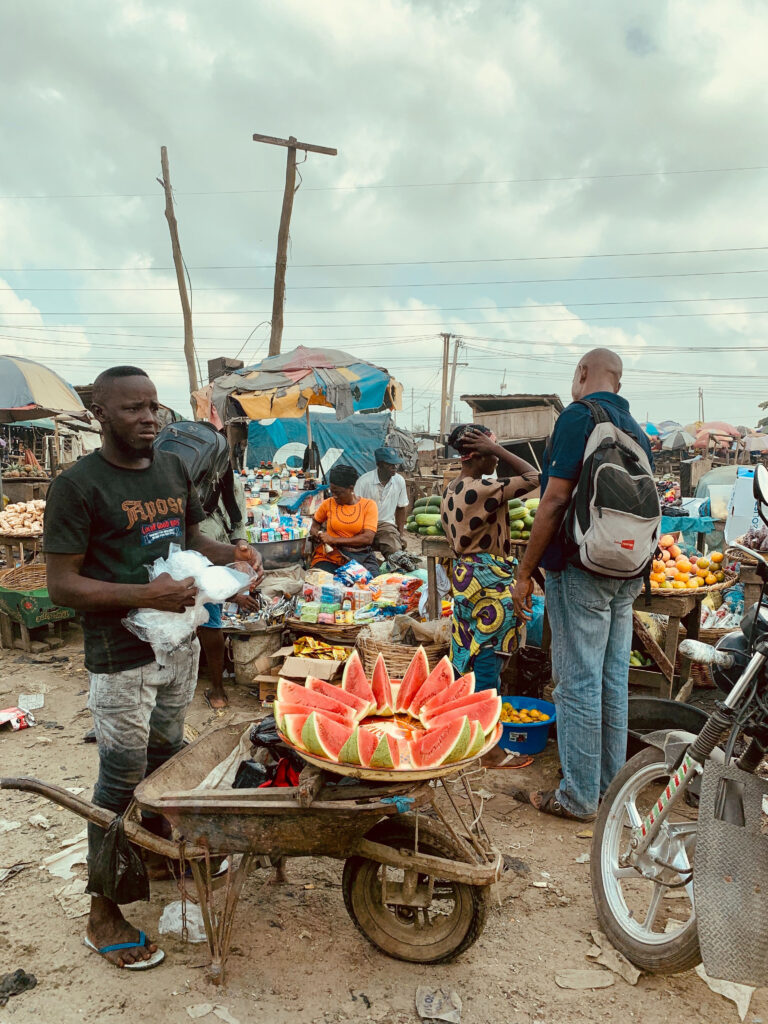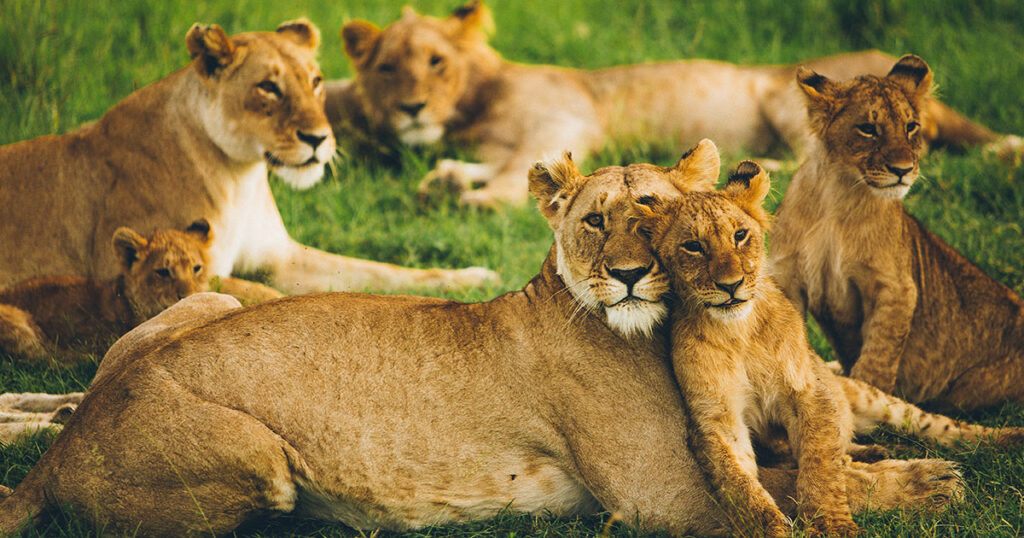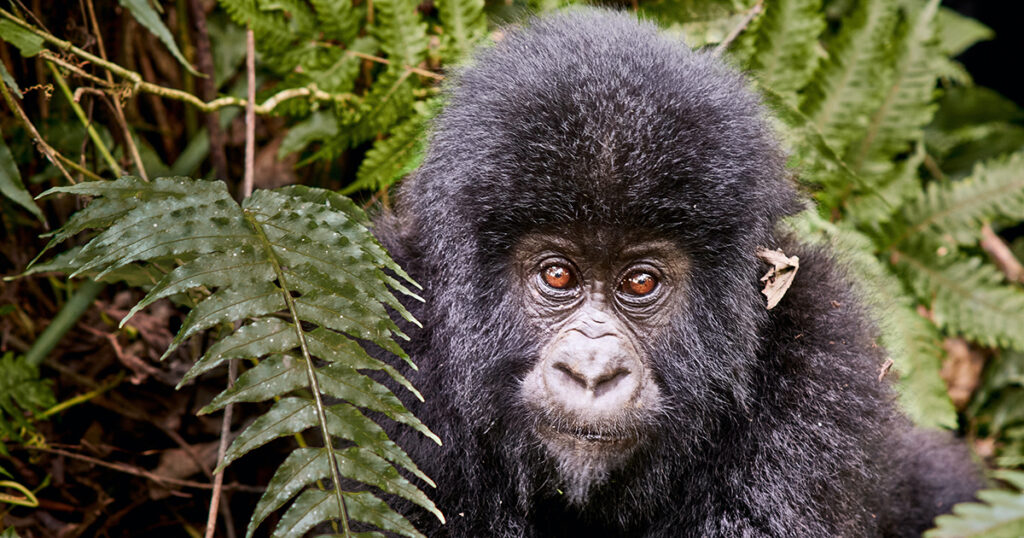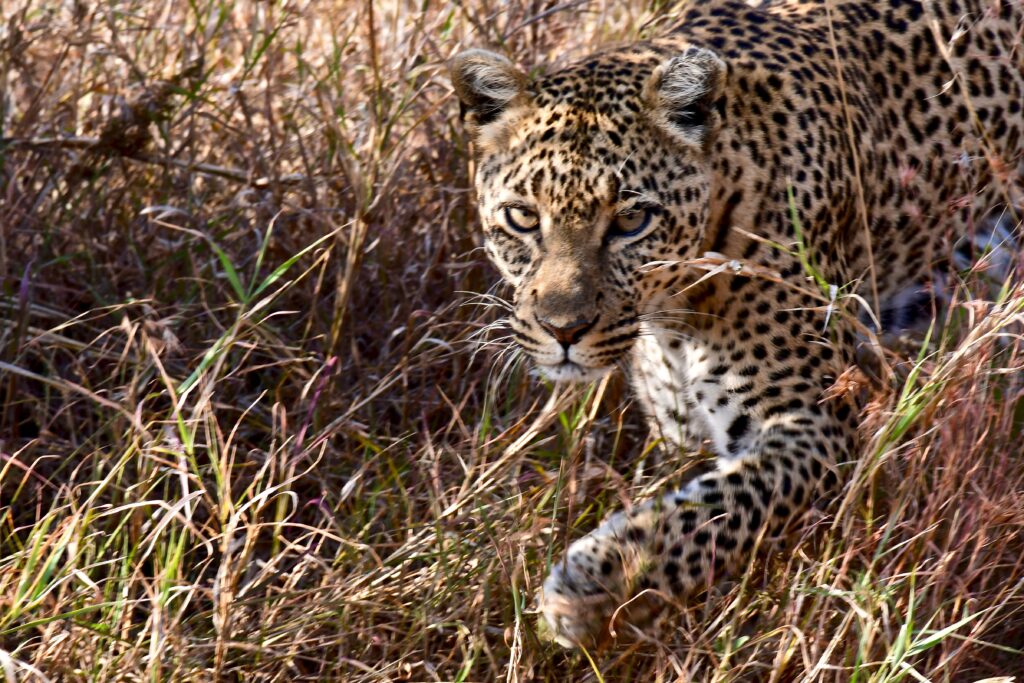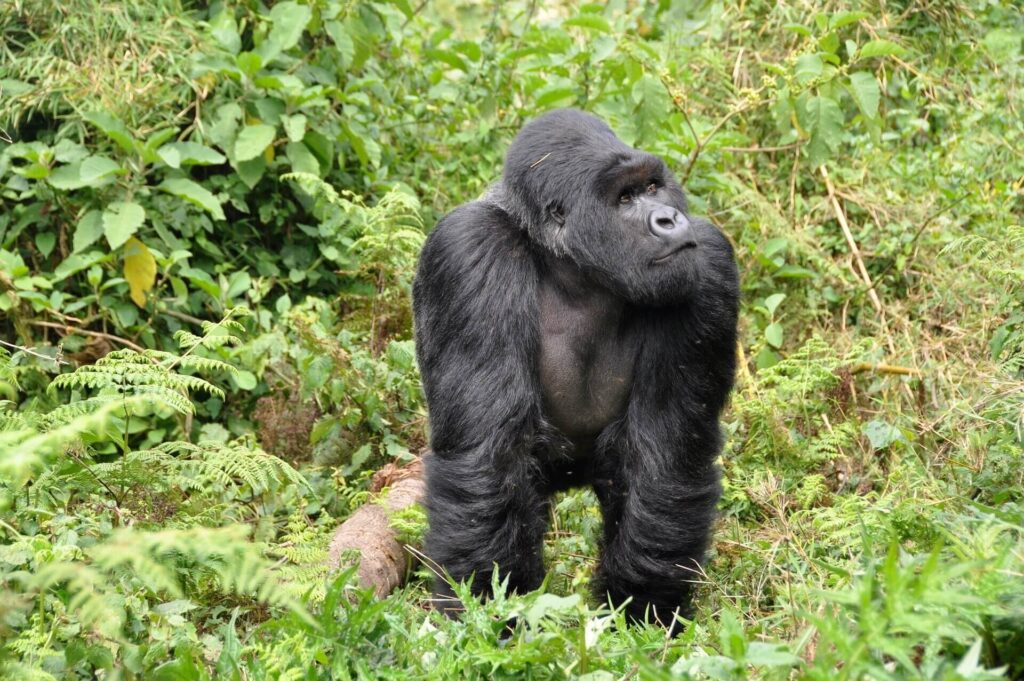Bwindi Forest National Park: An Ultimate Travel Guide
Bwindi Forest National Park, located in southwestern Uganda, is a UNESCO World Heritage Site renowned for its biodiversity, particularly its population of endangered mountain gorillas. This guide provides a comprehensive overview of what to expect when visiting Bwindi, including its geographical location, cultural insights, must-visit attractions, activities, travel tips, and more.
Geographical Information
Location: Bwindi Forest National Park is situated in the Kanungu District of Uganda, bordered by the Democratic Republic of Congo to the west. Climate: The park experiences a tropical rainforest climate with two wet seasons from March to May and September to November. The best time to visit is during the dry seasons from June to August and December to February. Best Times to Visit: The dry seasons are ideal for gorilla trekking and hiking, as the trails are less muddy and the weather is more predictable.
Cultural Insights
Local Customs: The local communities, including the Batwa pygmies, have a rich cultural heritage. Respecting their customs and traditions is essential when visiting. Cuisine: Ugandan cuisine features staples like matoke (steamed green bananas), posho (maize porridge), and various meat stews. Visitors should try local dishes for an authentic experience. Traditions: Traditional dances, music, and crafts are integral to the culture around Bwindi. Participating in or observing these can enrich your visit.
Must-Visit Attractions
Gorilla Trekking: The primary attraction in Bwindi, with guided treks available to see the mountain gorillas in their natural habitat. Bwindi Community Hospital: A visit to the hospital offers insight into the local healthcare system and community projects. Waterfalls: Several waterfalls within the park provide scenic spots for hiking and photography. Bird Watching: Bwindi is a birder’s paradise with over 350 bird species, including 23 endemics.
Activities and Experiences
Gorilla Trekking: Permits are required and can be obtained through the Uganda Wildlife Authority. Treks can be strenuous, so good physical fitness is recommended. Nature Walks: Guided walks through the forest offer opportunities to see various wildlife and plant species. Cultural Tours: Visits to local communities to learn about their way of life and participate in traditional activities. Bird Watching: Specialized birding tours are available for avid bird watchers.
Travel Tips
Accommodation: Options range from luxury lodges to budget campsites. It’s advisable to book in advance, especially during peak seasons. Transport: The park is accessible by road and air. Entebbe International Airport is the main gateway, with domestic flights available to Kihihi or Kisoro airstrips. Packing: Essentials include waterproof clothing, sturdy hiking boots, insect repellent, and a good camera. Permits: Gorilla trekking permits should be booked well in advance due to high demand.
Safety and Health Precautions
Vaccinations: Ensure you are up-to-date with vaccinations, including yellow fever, hepatitis, and typhoid. Malaria prophylaxis is also recommended. Safety: While Uganda is generally safe for tourists, it’s important to follow local guidelines and stay within designated areas in the park. Health: Carry a first aid kit and any personal medications. Be cautious with food and water to avoid illnesses.
Budget Planning
Cost-effective Travel Tips: Booking tours and accommodations in advance can save money. Consider traveling during the shoulder seasons for better deals. Estimated Costs: Gorilla trekking permits are the most significant expense, costing around $700 per person. Budget accommodations can range from $50 to $100 per night, while luxury lodges can cost $200 or more per night. Money-saving Tips: Join group tours to split costs and take advantage of off-peak discounts.
Local Cuisine
Must-try Food: Sample local dishes such as luwombo (meat or chicken stew cooked in banana leaves), rolex (an egg and vegetable roll), and fresh tropical fruits. Dining Options: Both local eateries and lodges offer a variety of meals. Trying street food can be a delightful experience but ensure it’s from a reputable vendor.
Bwindi Forest National Park offers a unique and unforgettable experience for nature and wildlife enthusiasts. From gorilla trekking to cultural interactions, this guide provides everything you need to plan an enriching visit. Ensure to follow travel tips and safety precautions for a seamless adventure.
FAQs about Bwindi Forest National Park
What is the best time to visit Bwindi Forest National Park?
The best time to visit Bwindi Forest National Park is during the dry seasons from June to August and December to February. During these months, the weather is more predictable, and the trails are less muddy, making gorilla trekking and other outdoor activities more enjoyable.
How can I obtain a gorilla trekking permit?
Gorilla trekking permits can be obtained through the Uganda Wildlife Authority (UWA) or through licensed tour operators. It is recommended to book these permits well in advance due to their high demand. The cost is approximately $700 per person.
What should I pack for my trip to Bwindi?
Essentials for your trip to Bwindi include waterproof clothing, sturdy hiking boots, insect repellent, sunscreen, a hat, and a good camera. Additionally, bring any personal medications and a first aid kit.
Is it safe to visit Bwindi Forest National Park?
Yes, Bwindi Forest National Park is generally safe for tourists. However, it’s important to follow local guidelines, stay within designated areas, and be aware of your surroundings. Hiring a local guide for treks and tours is also advisable.
What types of accommodation are available in Bwindi?
Accommodation options in Bwindi range from luxury lodges to budget campsites. Luxury lodges offer more amenities and comfort, while budget campsites provide a more rustic experience. It’s advisable to book your accommodation in advance, especially during peak seasons.
Can I visit Bwindi Forest National Park with children?
Yes, Bwindi Forest National Park can be visited with children, but gorilla trekking is restricted to individuals aged 15 and above. There are other family-friendly activities available, such as nature walks and cultural tours.
Additional Information
Transportation to Bwindi
By Road: Bwindi is accessible by road from Kampala, with the journey taking approximately 8-10 hours. Private cars, taxis, and buses are available for this trip. By Air: Domestic flights from Entebbe International Airport to Kihihi or Kisoro airstrips are available. From there, it’s a short drive to the park.
Environmental Initiatives
Bwindi Forest National Park is involved in various conservation efforts to protect the endangered mountain gorillas and their habitat. Initiatives include anti-poaching measures, community-based conservation projects, and research programmes. Visitors can learn more about these efforts and even participate in some activities.
Community Involvement
The local communities around Bwindi play a significant role in the conservation and tourism efforts. By visiting the park, tourists contribute to the local economy and support these communities. Cultural tours and community projects provide a deeper understanding of the local way of life and the importance of conservation.
Expert Insights
Dr. Jane Goodall, Primatologist: “Bwindi is one of the most incredible places on Earth. The conservation efforts here are crucial for the survival of the mountain gorillas and the biodiversity of the region.”
John Kahekwa, Conservationist: “Tourism in Bwindi not only provides an unforgettable experience but also supports local communities and conservation initiatives. It’s a win-win for both people and wildlife.”
Personal Stories
Emma’s Gorilla Trekking Adventure: “My trip to Bwindi was life-changing. Seeing the gorillas in their natural habitat was an awe-inspiring experience. The trek was challenging but absolutely worth it.”
David’s Cultural Tour: “Interacting with the Batwa community gave me a new perspective on life and the importance of preserving cultural heritage. It was an enriching experience that I highly recommend.”
Bwindi Forest National Park is a treasure trove of biodiversity and cultural richness. Whether you’re an avid wildlife enthusiast, a nature lover, or someone seeking a unique travel experience, Bwindi offers something for everyone. With careful planning and respect for the environment and local communities, your visit to Bwindi will be both memorable and impactful.
